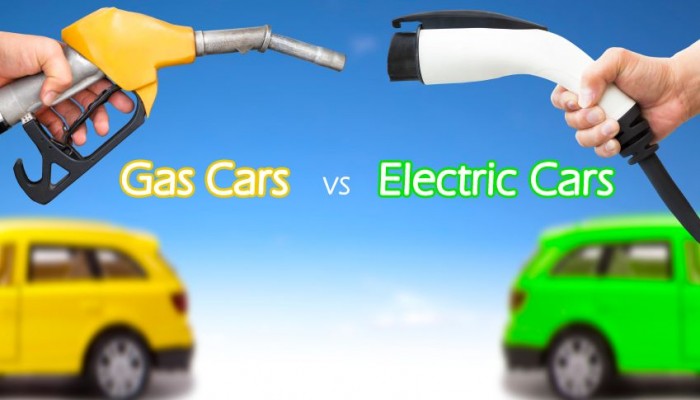Comments due by Dec4, 2016
The past year has been a crucial time in international climate negotiations. In December, 2015, in Paris, negotiators established an agreement on the next round of targets and actions to succeed the Kyoto Protocol, which was signed in 1997 and will effectively close down in 2020. In Paris, negotiators set up a new and meaningful agreement for multinational action through individual country “Intended Nationally Determined Contributions” (INDCs). The Paris round was crucial, because it expanded the coalition of contributionsfrom countries responsible for 14% of global emissions under Kyoto (Europe and New Zealand) to 187 countries responsible for 96% of emissions under the Paris Agreement.
California’s Role in Global Climate Change Policy
California sent a delegation to the Paris talks. While not officially a party to the negotiations, California government officials attended to show support for broad and meaningful action. For many years, spurring action beyond California’s borders has been the key rationale for developing a California-based climate policy. This began with Assembly Bill 32 (AB 32), the Global Warming Solutions Act of 2006. Initially, the focus was on encouraging action within the United States, including federal legislation, state-level actions, and multi-state compacts, but subsequent domestic action turned out to be much less than originally anticipated. As a result, California’s focus shifted to the international domain.
This is a good time to consider how the State can best demonstrate leadership on this global stage. Action by all key countries, including the large emerging economies – China, India, Brazil, Korea, and South Africa – will be necessary to meaningfully address the climate problem. Significant multinational contributions will be necessary to avoid having California’s aggressive in-state actions be for naught. Absent such multilateral action, ambitious California policies do little or nothing to address the real problem.
But California can play a very important role by showing leadership – in two key ways. One is to demonstrate a commitment to meaningful reductions in (greenhouse gas) GHG emissions. In this regard, California has more than met the bar, with policies that are as aggressive as – if not more aggressive than – those of most countries.
The other way is to show leadership regarding how reductions of GHG emissions can best be accomplished – that is, in regard to progressive policy design. California has a sophisticated GHG cap-and-trade system in place, which while not perfect, has many excellent design elements. Countries around the world are now planning or implementing cap-and-trade systems, including in Europe, China, and Korea. These countries are carefully watching decisions made in California, with particular attention to the design and implementation of its cap-and-trade system. California’s system, possibly with a few improvements, could eventually be a model for even larger systems in other countries.
Can California Provide a Good Model of Progressive Policy?
Unfortunately, California’s climate policy has not relied heavily on its cap-and-trade system to achieve state targets. Furthermore, rather than increasing reliance on this innovative market-based climate policy over time, recent proposals have doubled-down on the use of less efficient conventional policies to achieve GHG reductions. While some of these so-called “complementary policies” can be valuable under particular circumstances, they can also create severe problems.
One example of this is the attempt to employ aggressive sector-based targets through technology-driven policies, such as the Low Carbon Fuels Standard (LCFS). In the presence of a binding cap-and-trade regime, the LCFS has the perverse effect of relocating carbon dioxide (CO2) emissions to other sectors but not reducing net emissions, while driving up statewide abatement costs, and suppressing allowance prices in the cap-and-trade market, thereby reducing incentives for technological change. That is bad news all around. These perverse outcomes render such policies of little interest or value to other regions of the world.
The magnitude of the economic distortion is illustrated by the fact that allowances in the California cap-and-trade market have recently been trading in the range of $12 to $13 per ton of CO2, while LCFS credits have traded this summer for about $80 per ton of CO2.
While reduction in transportation sector GHG emissions is clearly an important long-run objective of an effective climate policy, if the approach taken to achieving such reductions is unnecessarily costly, it will be of little use to most of the world, which has much less financial wealth than California and the United States, and will therefore be much less inclined to follow the lead on such costly policies.
The Path Ahead
With China now the largest emitter in the world, and India and other large developing countries not very far behind, California policies that achieve emission reductions through excessively costly means will fail to encourage other countries to follow, or even recognize, California’s leadership. On the other hand, by increasing reliance on its progressive market-based system, California can succeed at home and be influential around the world.


